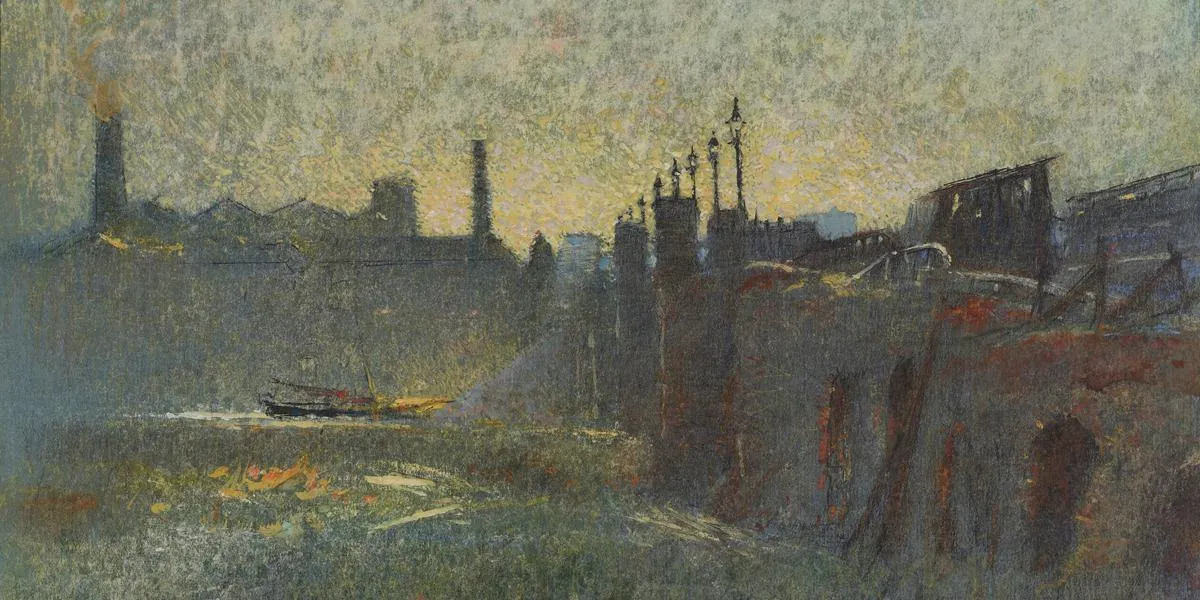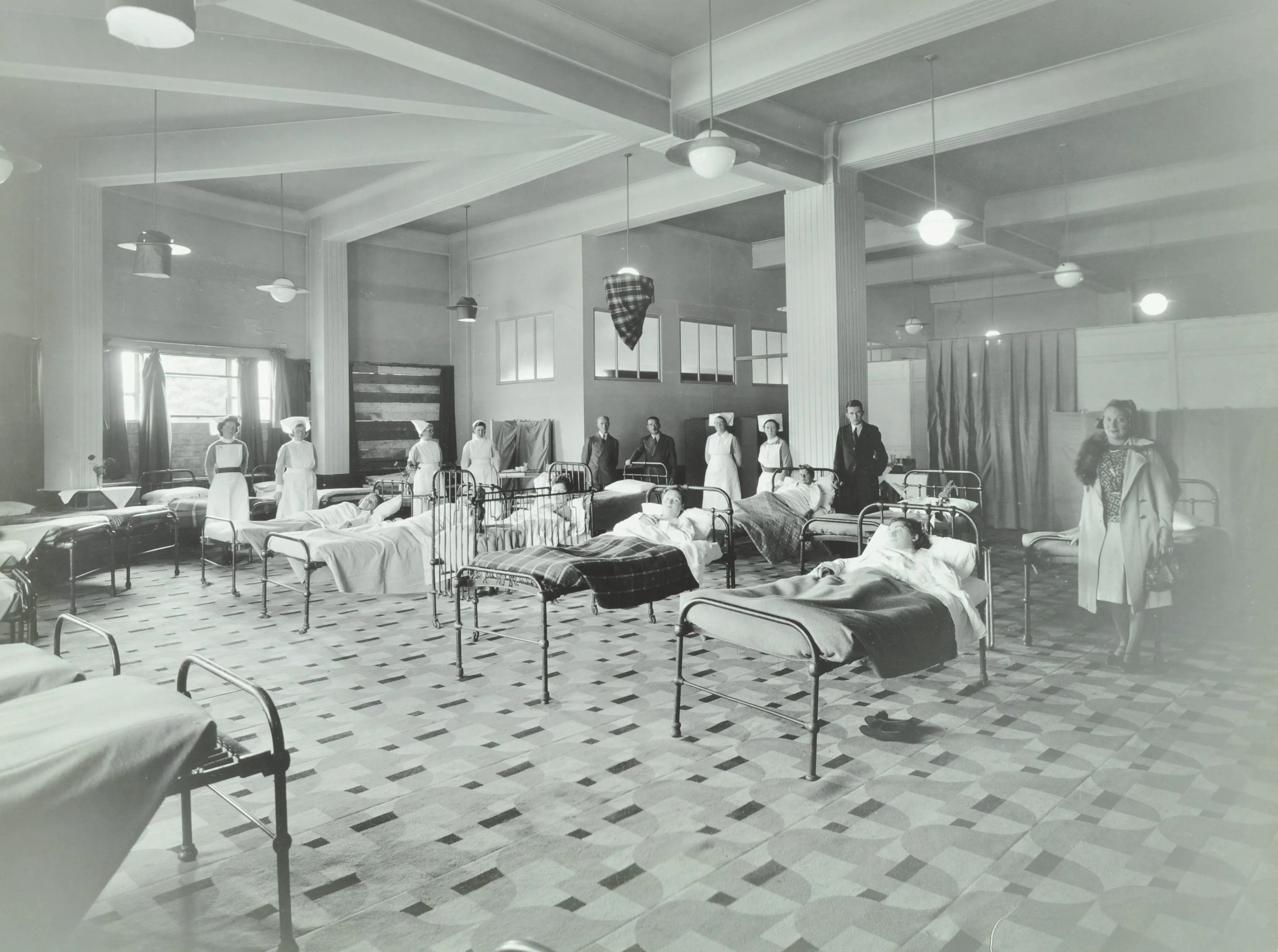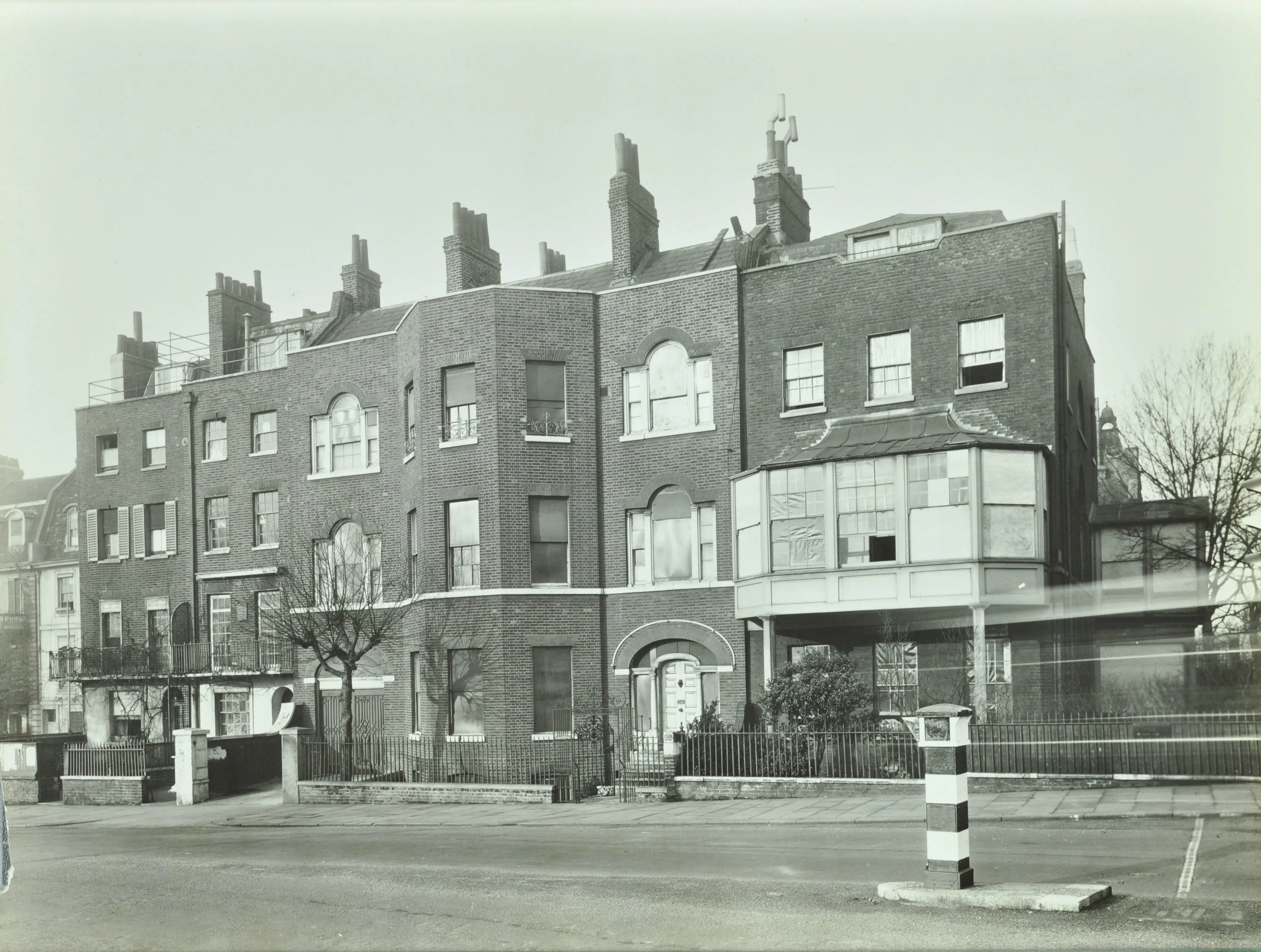'A Chelsea Concerto' by Frances Faviell

May 2025 - 'A Chelsea Concerto' by Frances Faviell
This remarkable memoir, of a woman living in Chelsea during the Blitz, created a great deal of discussion in May’s book group meeting and comes highly recommended. Faviell’s account, published shortly before her death in 1959, is an accessible, moving, and at times deeply shocking account of the War that explores a small geographical area in Chelsea and how its inhabitants experienced the Blitz.
Through the eyes of an artist
Faviell was a visual artist who brings a unique eye and immediacy to her account. She notices specific and unusual detail, avoiding generalisations about the wartime experience but instead exploring the circumstances of friends, neighbours, and the refugees she works with.
Daily life is richly described – the delayed arrival of the newspaper boy the night after a raid, listening to the wireless, the conversations on the street – but she also highlights the extraordinariness of wartime. She describes the surreal barrage balloons, the 'fireworks' of incendiary bombs, and watching planes fighting in the sky. Her ability to portray the mix of fear, excitement and anger that the war generated is enormously effective.
A sympathetic memoirist
Readers found Faviell a sympathetic memoirist. She has a light style, finding humour in dark places but she admits her failures and weaknesses. While we know from her actions that she is sympathetic to all victims of war, she still confesses her compassion fatigue, her exhaustion and her frustrations in working with the public.
The brutal reality of war
Her reports of daily events are contrasted with the horrors she experienced in working in the aftermath of raids, and readers were genuinely shocked by the sights she described. Faviell gives us the brutal reality of the effect of war on people’s brains (such as refugees Ruth and Catherine) and on their bodies, which she tends to in her work as a nurse. It also shines light on the work of women, who dominate the memoir, and the small daily acts of heroism that took place in a city at war.

Other titles
Readers recommended several other titles that would complement Faviell’s account:
- 'Few Eggs and No Oranges' by Vera Hodgson
- 'London War Notes' by Mollie Panter Downes
- 'Blitz Notes' by Inez Holden
Archive sources
In the session we looked at images around the Chelsea area, Faviell lived at 33 Cheyne Place and was bombed out in 1941.
Explore the bomb damage maps
We also examined the pamphlet, 'Air Raids - What you must know, What you must do!' (ref: LCC/CE/WAR/03/067) produced in 1941 by the Ministry of Home Security.
London in the Second World War exhibition